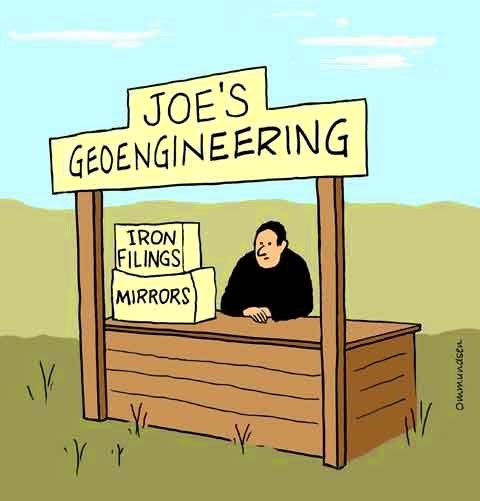A recent energy study by the McKinsey Group contains a number of interesting forecasts:
- 2016 was the first year that renewable energies (solar and wind) exceeded fossil fuel ( gas and oil) in new entity additions globally; this trend is expected to continue
- Demand for coal will peak around 2030 and oil around 2040 as renewable energies and storage efficiencies and cost effectiveness improve.
- While coal and oil demand begin to decrease and CO2 emissions peak around 2030, the CO2 level will remain double the level consistent with a 2 degree Centigrade long-term path--which was the goal of the Paris Climate Agreement.
What does this mean? Well, it means that if scientists and these forecasts are correct, we can expect to see at least a 2 degree Centigrade global temperature increase in our environment...a change which would bring unprecedented changes in weather patterns as we know it and forced adaptation to a new way of living on the Earth's surface.
Is there no alternative? Well, maybe. There are groups of scientists and environmentalists that are playing the 'what if' game of trying to find solutions to the worst case scenario. For example, is it possible for man to develop artificial means of controlling the environment? One way might be to inject other chemical compounds into the atmosphere to supplement the ozone layer that protects us from the sun's ultraviolet rays. Is that possible? And if so, what are the risks or downsides. ?
Should the U.S. and the world pursue a last-minute strategy? Do we continue to push alternative energy initiatives?
Note: photo courtesy of planetearthandhumanity.blogspot.com
https://www.bloomberg.com/view/articles/2018-02-22/climate-change-not-an-engineering-problem
